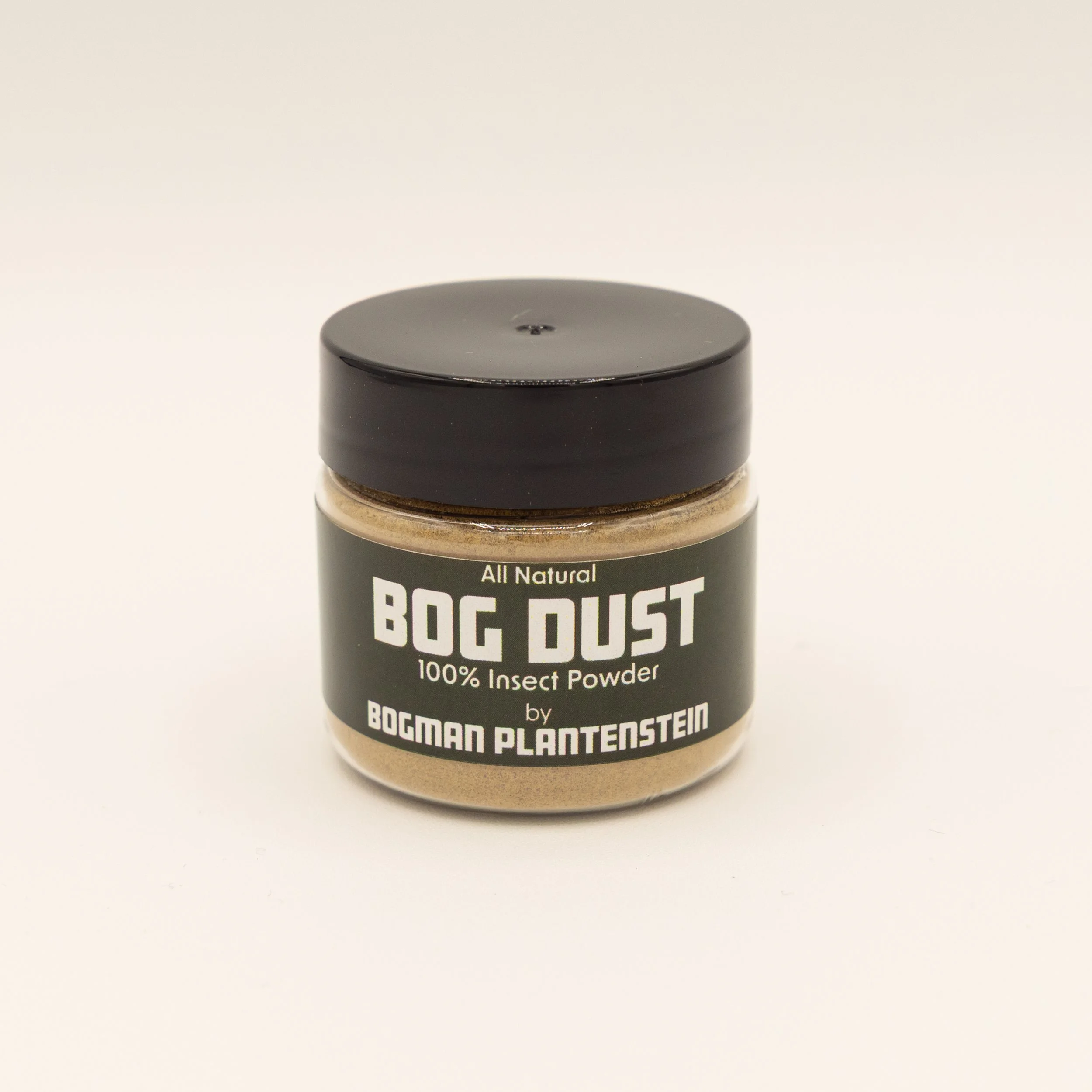 Image 1 of 3
Image 1 of 3

 Image 2 of 3
Image 2 of 3

 Image 3 of 3
Image 3 of 3




SEEDS - Drosera burmannii "sessilifolia"
Description
Drosera burmannii “sessilifolia” was originally distributed as Drosera sessilifolia but experts say this clone is in fact a form of Drosera burmannii. Regardless, it is an attractive form with very short petioles, long tentacles, and a light red coloration. It grows rapidly from seed into small rosettes and flowers, producing seeds then slowly declining and dying within roughly a year (as an annual). Drosera burmannii has incredible “snap tentacles” which are extra long and non-dewy tentacles at the margins of the leaf. When touched, these will bend in half to push the prey into the stickier part of the leaf within a few seconds.
Drosera burmannii is a widespread species throughout tropical Asia and Australia. Its wide, wedge-shaped lamina can vary in length and colors from lime-green, to pale yellow, to red, with tentacles that can be white, pink, or red. The huge distribution of this species means that many different forms exist which can appear quite distinct and unique. Some forms are annuals, while others can persist for longer if they are fed regularly. Feeding is essential for the rapid growth and health of short-lived species. Seeds are easy to germinate without special treatment, but can vary in germination time (seasonal annuals want to wait until the next favorable season before germinating). Some forms may take several months to germinate so patience is key.
Packs will have 30+ seeds.
Growing Information
Climate: Temperatures from 50-95F, all humidity levels.
Light: Full Sun or 20W per sq ft LED light.
Water: Distilled or Reverse Osmosis water. Sitting in 1” of water using tray method. Only use distilled, reverse osmosis, or rainwater because tap water is toxic to carnivorous plants due to high mineral content and chlorine.
Soil: 50% Peat Moss: 50% Perlite/Sand. Rinse media with distilled or reverse osmosis water to remove excess salts.
Feeding: Feed leaves with Insect Powder every couple weeks or so. Can also be lightly sprayed with foliar fertilizer at 400 ppm.
Description
Drosera burmannii “sessilifolia” was originally distributed as Drosera sessilifolia but experts say this clone is in fact a form of Drosera burmannii. Regardless, it is an attractive form with very short petioles, long tentacles, and a light red coloration. It grows rapidly from seed into small rosettes and flowers, producing seeds then slowly declining and dying within roughly a year (as an annual). Drosera burmannii has incredible “snap tentacles” which are extra long and non-dewy tentacles at the margins of the leaf. When touched, these will bend in half to push the prey into the stickier part of the leaf within a few seconds.
Drosera burmannii is a widespread species throughout tropical Asia and Australia. Its wide, wedge-shaped lamina can vary in length and colors from lime-green, to pale yellow, to red, with tentacles that can be white, pink, or red. The huge distribution of this species means that many different forms exist which can appear quite distinct and unique. Some forms are annuals, while others can persist for longer if they are fed regularly. Feeding is essential for the rapid growth and health of short-lived species. Seeds are easy to germinate without special treatment, but can vary in germination time (seasonal annuals want to wait until the next favorable season before germinating). Some forms may take several months to germinate so patience is key.
Packs will have 30+ seeds.
Growing Information
Climate: Temperatures from 50-95F, all humidity levels.
Light: Full Sun or 20W per sq ft LED light.
Water: Distilled or Reverse Osmosis water. Sitting in 1” of water using tray method. Only use distilled, reverse osmosis, or rainwater because tap water is toxic to carnivorous plants due to high mineral content and chlorine.
Soil: 50% Peat Moss: 50% Perlite/Sand. Rinse media with distilled or reverse osmosis water to remove excess salts.
Feeding: Feed leaves with Insect Powder every couple weeks or so. Can also be lightly sprayed with foliar fertilizer at 400 ppm.


